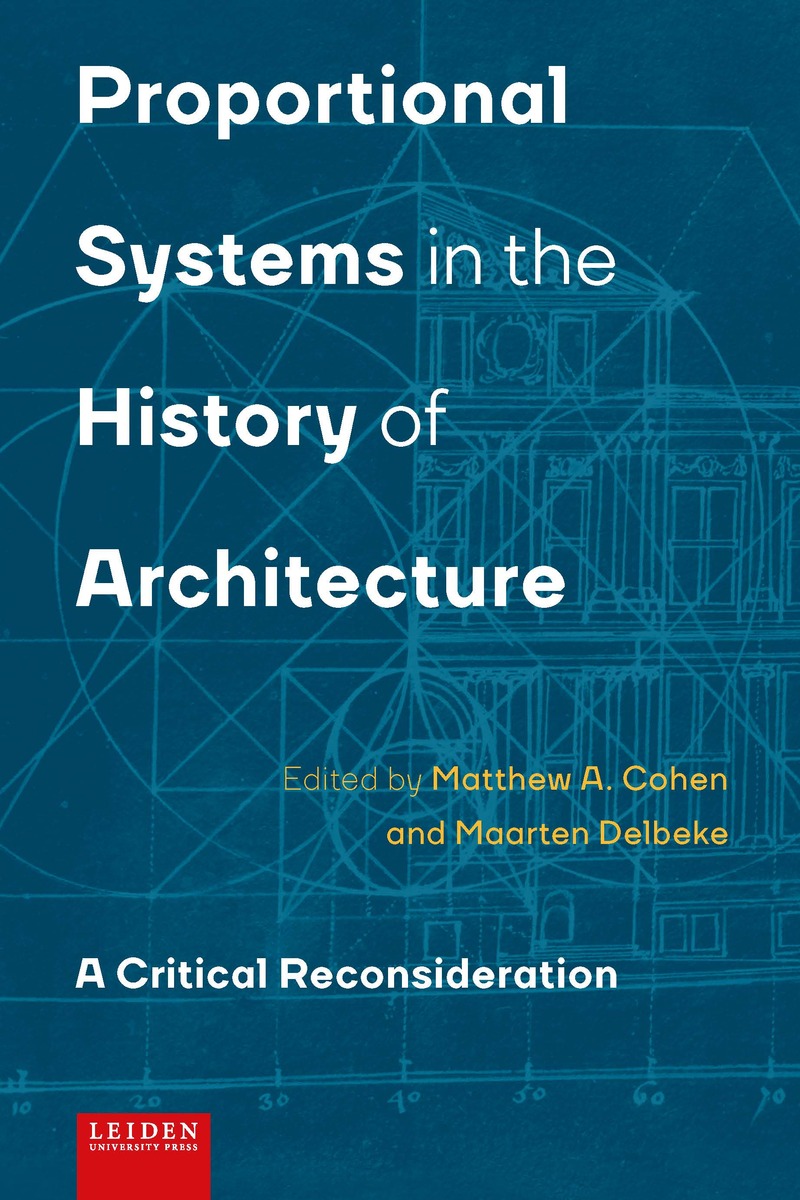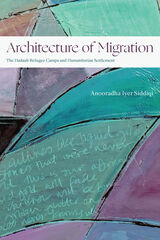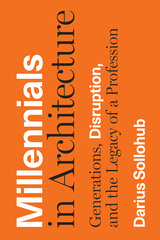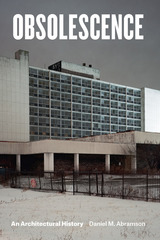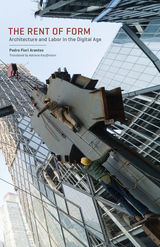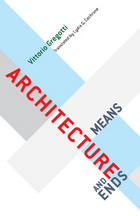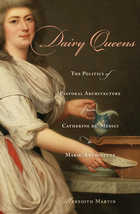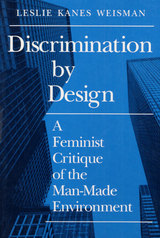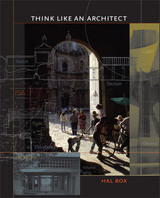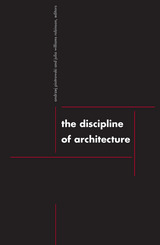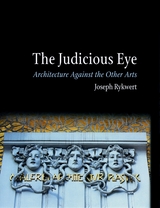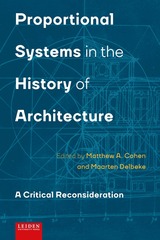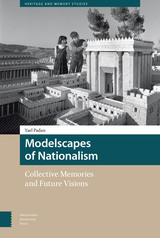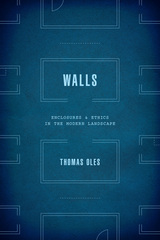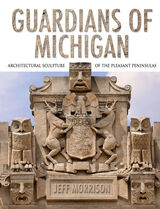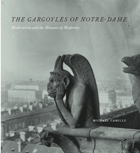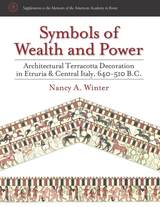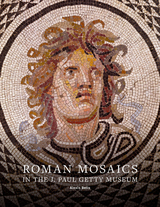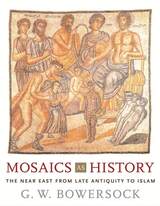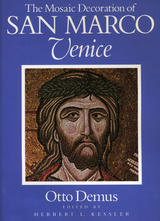Proportional Systems in the History of Architecture: A Critical Consideration
Leiden University Press, 2019
Cloth: 978-90-8728-277-6 | eISBN: 978-94-006-0287-8
Library of Congress Classification NA2760.P757 2018
Dewey Decimal Classification 720.1
Cloth: 978-90-8728-277-6 | eISBN: 978-94-006-0287-8
Library of Congress Classification NA2760.P757 2018
Dewey Decimal Classification 720.1
ABOUT THIS BOOK | AUTHOR BIOGRAPHY | TOC
ABOUT THIS BOOK
Prior to the advent of modern structural engineering, architects and builders used proportional systems to imbue their works with a general condition of order that was integral to notions of beauty and structural stability. These mostly invisible intellectual frameworks ranged from simple grids and symbolic numbers, to sly manipulations of geometry and numbers that required privileged knowledge and arithmetical calculations to access. Since the origins of architectural history, proportional systems have served as objects of belief and modes of iconographical communication. Whether they are capable of fulfilling more tangible functions remains a matter of debate today, but as the contributors to this volume show, these ancient and diverse belief systems continue to infiltrate architectural thinking in subtle and sometimes surprising ways today.
See other books on: Architecture | Composition, proportion, etc | Methods & Materials | Philosophy | Professional Practice
See other titles from Leiden University Press
